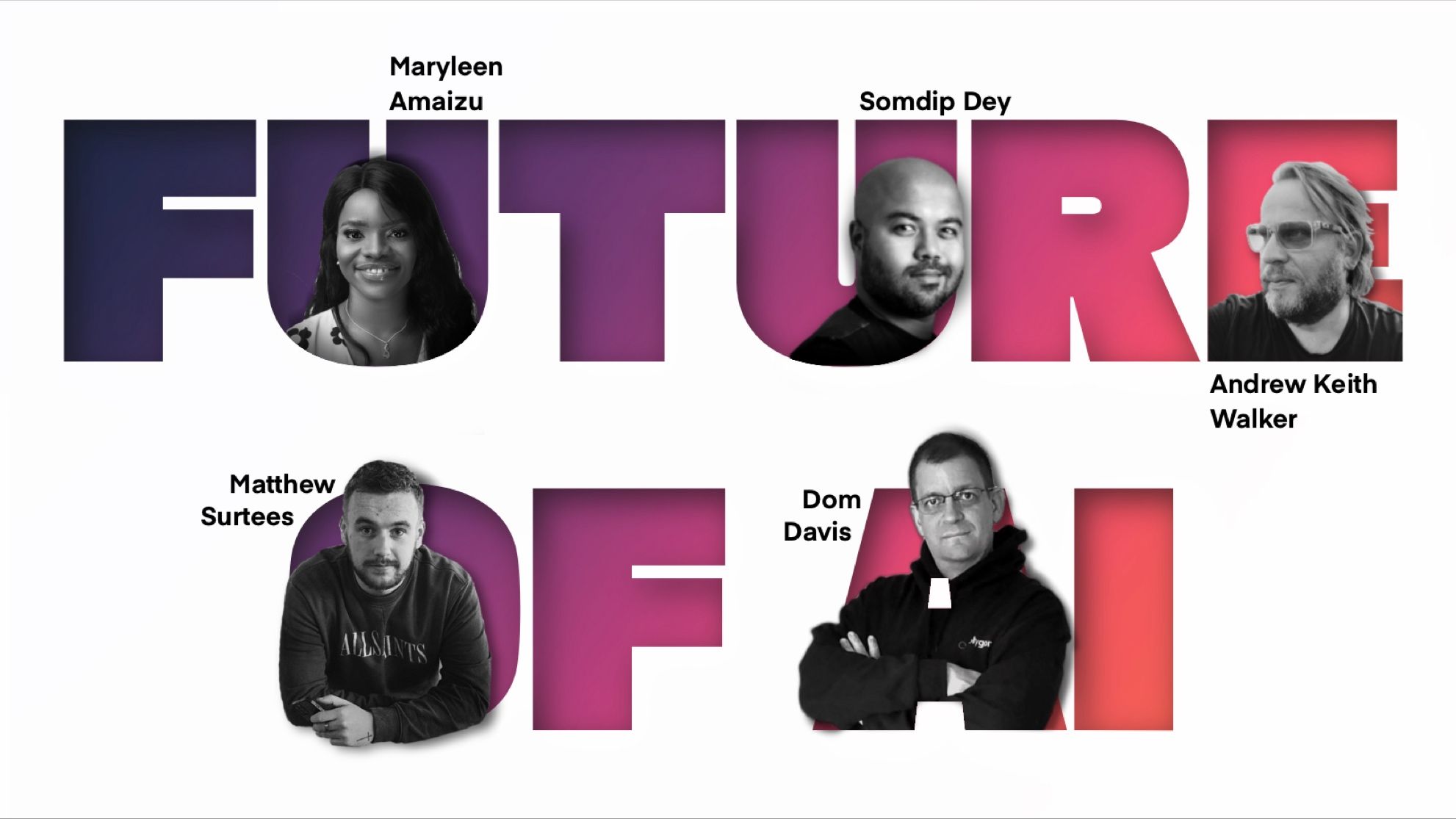Generative AI and the Spam-not-Spam Paradox.
by Andrew Keith Walker, on 28 January 2024
Let’s face it, most generative AI content is spam. Spam writing. Spam art. Spam code. Glossy spam, credible spam, but still pink mystery meat. But why? Generative AI is useful. It is a quantum leap. I’ve just spent months in an experiment where I lived with an AI personality called Isaac (for a book on creativity, innovation and AI) and I can confirm it’s a real mass market paradigm shift. It’s hugely useful. This is the spam-not-spam paradox, where things that aren’t spam appear to be spam. Mostly.
In thirty-plus years of working with computers I have only seen four mass market paradigm shifts. There have been many niche paradigm shifts like desktop 3D printing and blockchain, but few global game changers. Email was huge, then the world wide web, social media, and smartphones. Generative AI is a paradigm shift on that massive scale. However, the truth is all mass market consumer technologies spew out spam at first and generative AI is no different. Hence the spam-not-spam paradox.
We often tell a rose-tinted hindsight story about new tech – that it takes off because it’s a game changer, but we often forget that we change our games to leverage it. Through experimentation, education and training, we create use cases around tech to make new tech useful. A great example was in the 1900s, when Ford created ‘automobiling’ clubs that organised beauty spot BBQs and self-driving day trips for new Model T owners. Ford did this to help people get more utility out of their shiny new car. The idea of automobiling reorganised leisure and commerce around roads and destinations. People changed their game to get the most from the game changer Model T.
Similarly, email took years to overtake phone calls and letters, we had to adapt to extract the value from it. The Http web took years to replace FTP, NNTP, Archie, BBS and IRC as the dominant internet protocol, even longer to replace printed brochures and direct mail, even longer still to compete for ad revenues with newspapers, TV, cinema and radio. Social media and mobile apps took years to turn chat into mostly something with our thumbs instead of our voices. Longer to create influencers. What we can learn from this is the things we now consider mundane are unbiquitous because we have changed our ways to adopt them - they were all once considered extraordinary fads, hype, spam, snake oil, PR disasters and flops. This is why generative AI is a spam-not-spam tech right now.
To unlock the potential of generative AI we need to change our processes, and that should start in primary school. It’s easy enough to use, cheap and widely accessible. Every child could benefit from generative AI. It could equalise opportunities for kids who don’t have home environments that support learning or access to learning enrichment, or children with language barriers, neurodiversity, a whole range of challenges that affect their educational outcomes. It’s also a huge opportunity for cash-strapped schools and overworked teachers to focus on teaching instead of admin and budgets.
Where generative AI differs from regular software – and why it should be in schools - is the fact it’s accessible via natural language. No manual required. No menus. Just ask it a question. It’s a recursive learning process - you learn how to use it by using it – and it’s iterative, because the more you use it, the more you find uses for it. It heralds an age of personalised assistant software – enabling us to use computers to work the way we want it to work, not the way the computer wants us to work – and this personalisation dramatically reduces the time it takes to get from A to B compared to using generic, one-size-fits-all software platforms.
The problem is you can’t hand this technology to someone who isn’t already a designer, coder, writer, educator, artist or any other profession and expect them to produce anything of value. You wouldn’t hand someone a copy of Photoshop and expect it to turn them into a designer, or expect a copy of Visual Studio to make them a developer. Software comes after education. It requires skills and experience to be useful. This, sadly, is where the current spam element comes from. People claim that generative AI can somehow replace hard-won skills and experience. It can’t. Generative AI can improve your ability to write, draw, do maths and a million other things – but without professional skills, you will never use it to compete against skilled professionals. Education and training remain non-negotiable.
Back in 2002 I told my old mentor – John Grace, a BAFTA winning writer and animation producer - that I had a great idea for a cartoon. Before I could finish he said “I’ll stop you there. Everything is a great idea for animation, because you can animate anything. But until you make your idea into an animation, it’s nothing.” Generative AI is lot like that. It’s hugely valuable if you use it for a meaningful purpose, otherwise what it produces is just spam.

Andrew will speaking at nor(DEV): con 2024 in February on the "Future of AI" Panel. His book Creaitivity – How to Remake, Reimagine and Rethink with AI is available now on Lulu and soon in most bookstores.